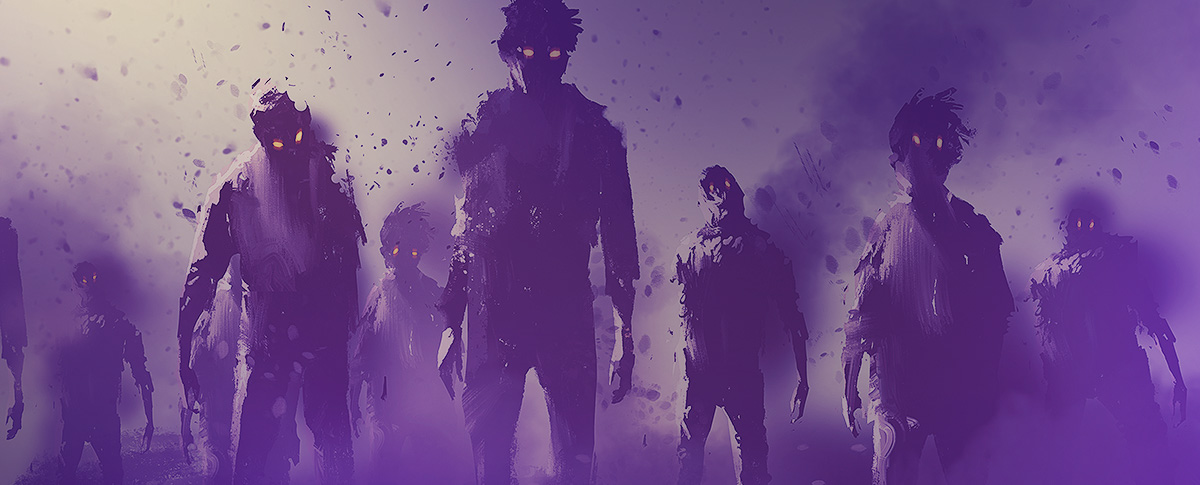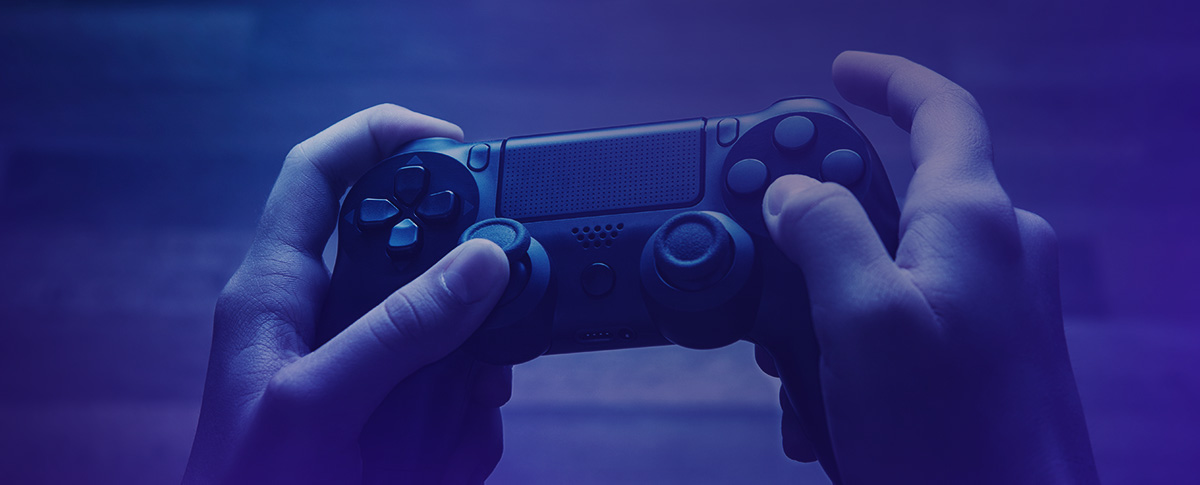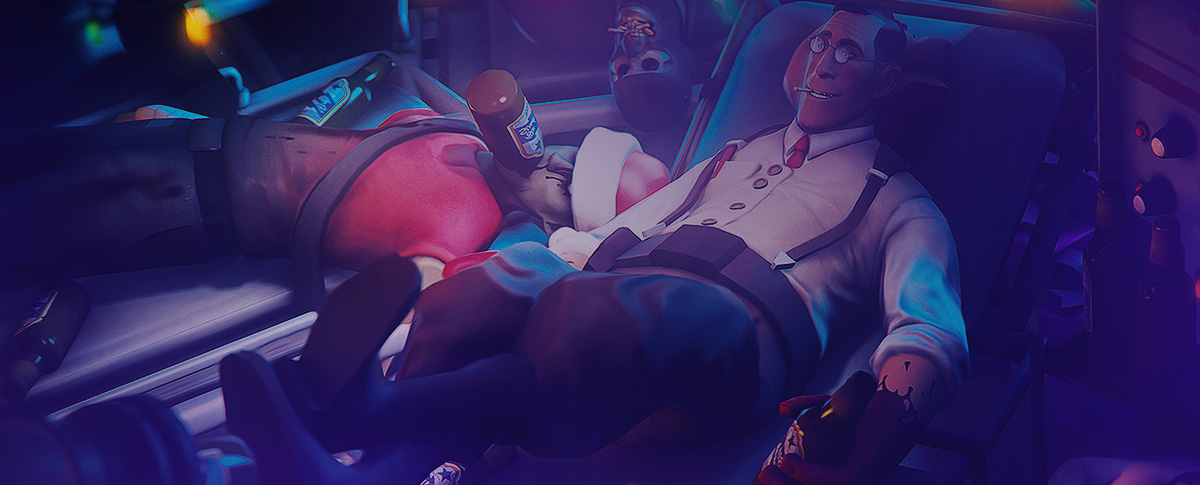It was a hazy day in Guangzhou, China during the 2017 League of Legends World Championship quarterfinals. On the slate that day was hometown favorite Team WE — hoping to make its country proud by making it to the semifinals — and its opponent Cloud9, the lone North American representative left in the tournament, a team that barely made it out of the group stage.
Standing out like a 6’5″ sore thumb, I was asked by a group of Chinese teenagers seated in front of me where I was from. When I replied “Los Angeles,” they asked what I did and who I was rooting for. After telling them I was a journalist and had an affinity for C9, a team I’ve covered weekly for two years at that point, their faces shifted into smirks, with even a few laughing.
They weren’t malicious, just matter-of-factly. To them, North American League of Legends was a joke. I later learned some of them were fans of European squads like Fnatic and G2 Esports, Korean teams like SK Telecom T1 — even Flash Wolves, Taiwan’s lone hope, was given some credence. North America, though? They were the region of funny players and memes that never amounted to anything at international events.
When the games started, a mocking “T-S-M!” chant broke out in pockets across the sold-out arena. Although C9 would show up on the day and push the Chinese favorites to their absolute limit, going the full five games in the set, it was the same result, per usual.
They were eliminated in the first round of the knockout stage; and though amusing, they were no threat to the better teams in the competition.
A year later, this time in South Korea, C9 once again stood as the last team for North America at the world championships. Once again, they were fighting against a hometown favorite, this time in the form of Afreeca Freecs, the last team standing from South Korea, the region with winners from the last five worlds. In fact, even in its worst year at worlds in season two, South Korea still sent a team to the final, and the victory (Taipei Assassins over South Korea’s Azubu Frost) to this day is seen as one of the greatest upsets in the game’s history.
Unlike the last year, though, C9 would not be denied this time. It only took three games for it to dispatch of the final South Korean from the tournament, and there was no question which team was better on the international stage. In its fifth quarterfinal in six years, finally, C9 and North America by proxy, made it to the semifinals. It marks the first time North America has made it to the top-four of a League of Legends World Championship since the very first iteration of the competition back in 2011 when there were only eight teams invited, three from North America and squads from China and South Korea not invited.
For the first time, maybe ever, I’m proud to cover North American League of Legends.
Does this mean NA is a better region than South Korea? Of course not. C9 has always been the outlier for the region at worlds, and that didn’t change this year, albeit with the team going further than it ever has.
What it does do is show a blueprint in which other North American teams can hopefully work off of in the coming months as the 2019 season begins. In an offseason where the newly christened North American franchises opened up the bank accounts to pour money on prized free agents, C9, by many accounts, “lost” the offseason, its biggest moves being the signings of Eric “Licorice” Ritchie, a minor league top laner, and Dennis “Svenskeren” Johnsen, the maligned former jungler of Team SoloMid who was the scapegoat for the top North American seed failing at the 2017 world championship.
Compared to other teams, it felt like a joke. Why Svenskeren? What could Licorice do that Jung “Impact” Eon-yeong couldn’t? Why didn’t owner Jack Jack Etienne care about the team? Where the hell was the signing of South Korean jungler Han “Peanut” Wang-ho to bolster the starting lineup?
For years, North America has been the region where if the infrastructure, coaching and team chemistry weren’t working, the quickest fix was a blank check to a high-profile player. It has become the region for splashy signings and even splashier drama.
The reason why the region became a joke was because it’s impossible to ignore North America if you’re from another region. The headquarters to Riot Games, the game creator, was nestled right across the street from the North American League Championship Series. A lot of the production international fans see come from the NA broadcast. The promo videos played in Busan for the quarterfinal had English subtitles for Korean players (and we were in South Korea). Team SoloMid, win or lose, were the most talked about franchise in all of League of Legends right there next to SK Telecom T1, who has been to four world finals and has three Summoner’s Cups to their names. TSM hasn’t even made it out of the group stage during that same time period while SKT T1 has been winning trophies.
Who wouldn’t make fun of a region that gets more attention than its more successful and talented brother in Europe or other regions across the world? If anything, from the outside, NA should be mocked. They spend a lot of money. They take players from better regions. And for the most part, they fail to capitalize with all their advantages, routinely losing to minnow regions and getting outperformed by teams with a fraction of the payroll.




